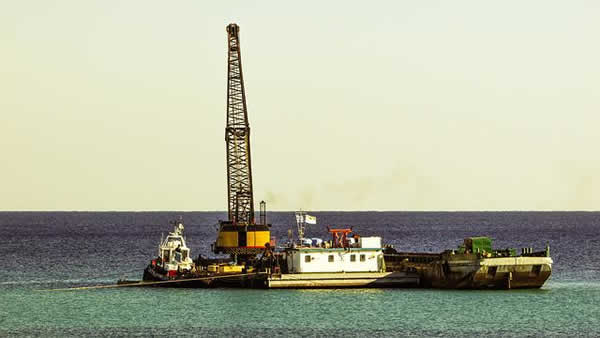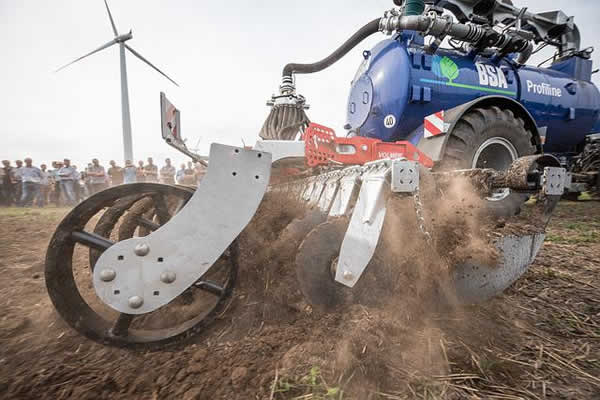Slurry pumps and dredge equipment are handy when it comes to industrial operations. They are necessary for various tasks, such as moving slurry or sewage, and they can also be used to remove sediment from ponds or lakes. There are many different types of slurry pumps and dredge equipment available. So, when it comes to choosing slurry pumps and dredge equipment, there are a few key things you'll want to keep in mind to make the best decision for your needs. Here are a few tips to help you choose suitable slurry pumps and dredge equipment.

The Material of Construction
The construction material is another important consideration when choosing slurry pumps and dredge equipment. Consider the type of slurry you will be dealing with and the environment in which the equipment will be used. The construction material determines the pump's durability and how well it can handle the abrasive nature of the slurry. Some of the most common construction materials for slurry pumps and dredge equipment include cast iron, stainless steel, and rubber. Each material has its own set of benefits and drawbacks, so you'll need to pick the one that is most appropriate for your application.
The Type of Pump
The type of pump you need will depend on the application you are using it for. There are centrifugal pumps, positive displacement pumps, and submersible pumps. The advantages and drawbacks of every sort of pump are unique. Centrifugal pumps are the most common type of slurry pump. They use centrifugal force to move the slurry through the pump. These pumps are typically used for applications where the solid content in the slurry is not too high.
Positive displacement pumps are similar to centrifugal pumps, but they use a positive displacement mechanism to move the slurry through the pump. These pumps are typically used for applications where the solid content in the slurry is higher than what a centrifugal pump can handle. Submersible pumps are another type of slurry pump. As the name suggests, these pumps are designed to be submerged in the slurry. These pumps are typically used for applications with a high solid content in the slurry.
The Drive System
The drive system is another important consideration when choosing slurry pumps and dredge equipment. There are hydraulic drives, electric drives, and diesel drives. There are hydraulic drives, electric drives, and diesel drives. They all have their own set of benefits and drawbacks. Hydraulic drives are typically used for applications where the solid content in the slurry is not too high. Electric drives are typically used for applications where the solid content in the slurry is higher than what a hydraulic drive can handle. Diesel drives are typically used for applications where there is a high solid content in the slurry.

Electric drives are another drive system for slurry pumps and dredge equipment. These drives are typically used for applications where the solid content in the slurry is higher than what a hydraulic drive can handle. Diesel drives are the third drive system for slurry pumps and dredge equipment. These drives are typically used for applications with a high solid content in the slurry.
The Size and Flow Rate of the Pump
The size and flow rate of the pump are also essential considerations. The size of the pump will determine how much slurry it can handle, and the flow rate will determine how fast the slurry can be moved. When choosing a pump, you'll need to consider the flow rate of the slurry and the size of the solids in the slurry. If the slurry is too thick, it can clog the pump. If the slurry is too thin, it can cause erosion and wear on the pump. The size of the pump also needs to be considered. If the pump is too small, it won't be able to move the slurry. If the pump is too large, it will cause the slurry to move too fast and can cause damage to the system.
The Abrasive Nature of the Slurry
The abrasive nature of the slurry is the sixth important consideration when choosing slurry pumps and dredge equipment. The abrasive nature will determine how well the pump can handle the slurry. You'll need to consider the abrasive nature of the slurry and the type of pump you are using when choosing a pump. For example, if you use a centrifugal pump to move sewage, you'll need a pump to handle an abrasive slurry. However, if you use a positive displacement pump to remove sediment from a pond, you'll only need a pump that can handle a non-abrasive slurry.
When choosing slurry pumps and dredge equipment, there are several essential considerations that you'll need to take into account. These include the tips listed above. By taking all of these factors into consideration, you can be sure to choose the best possible pump for your particular application.
